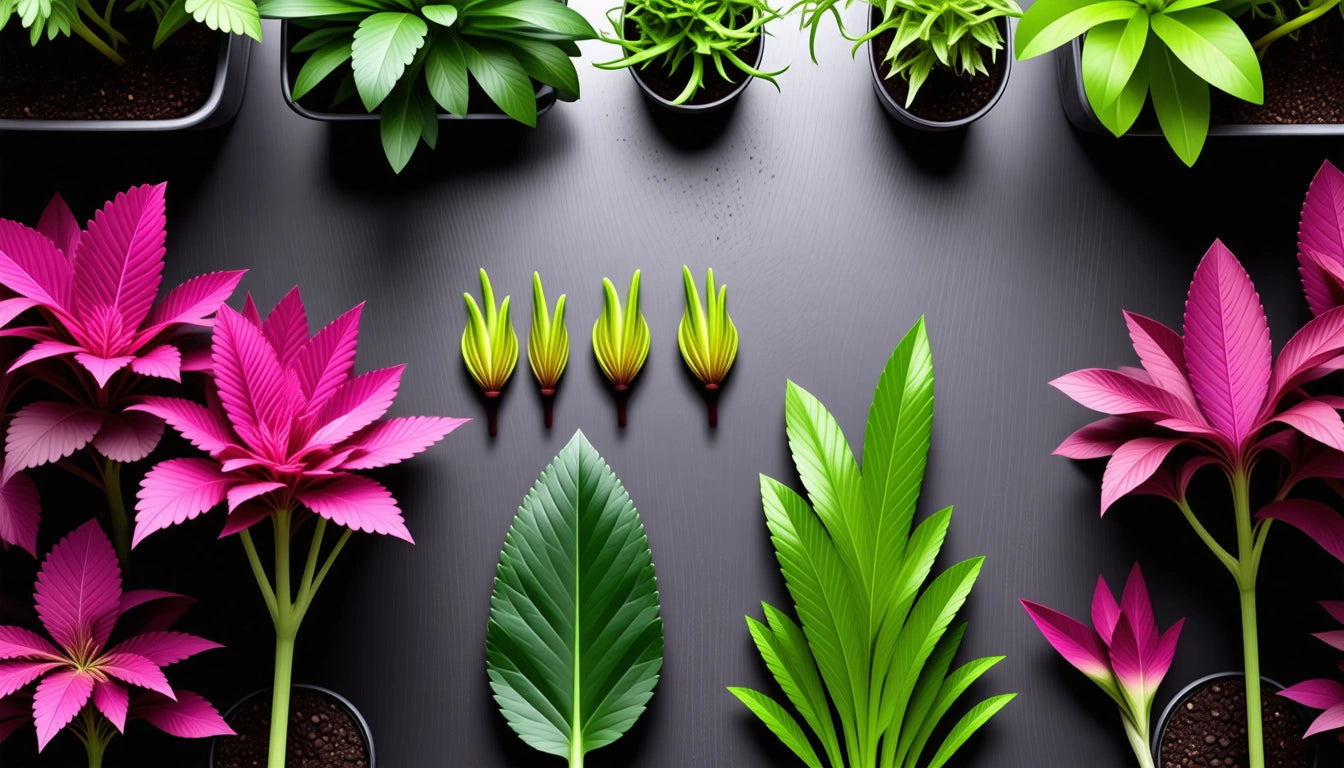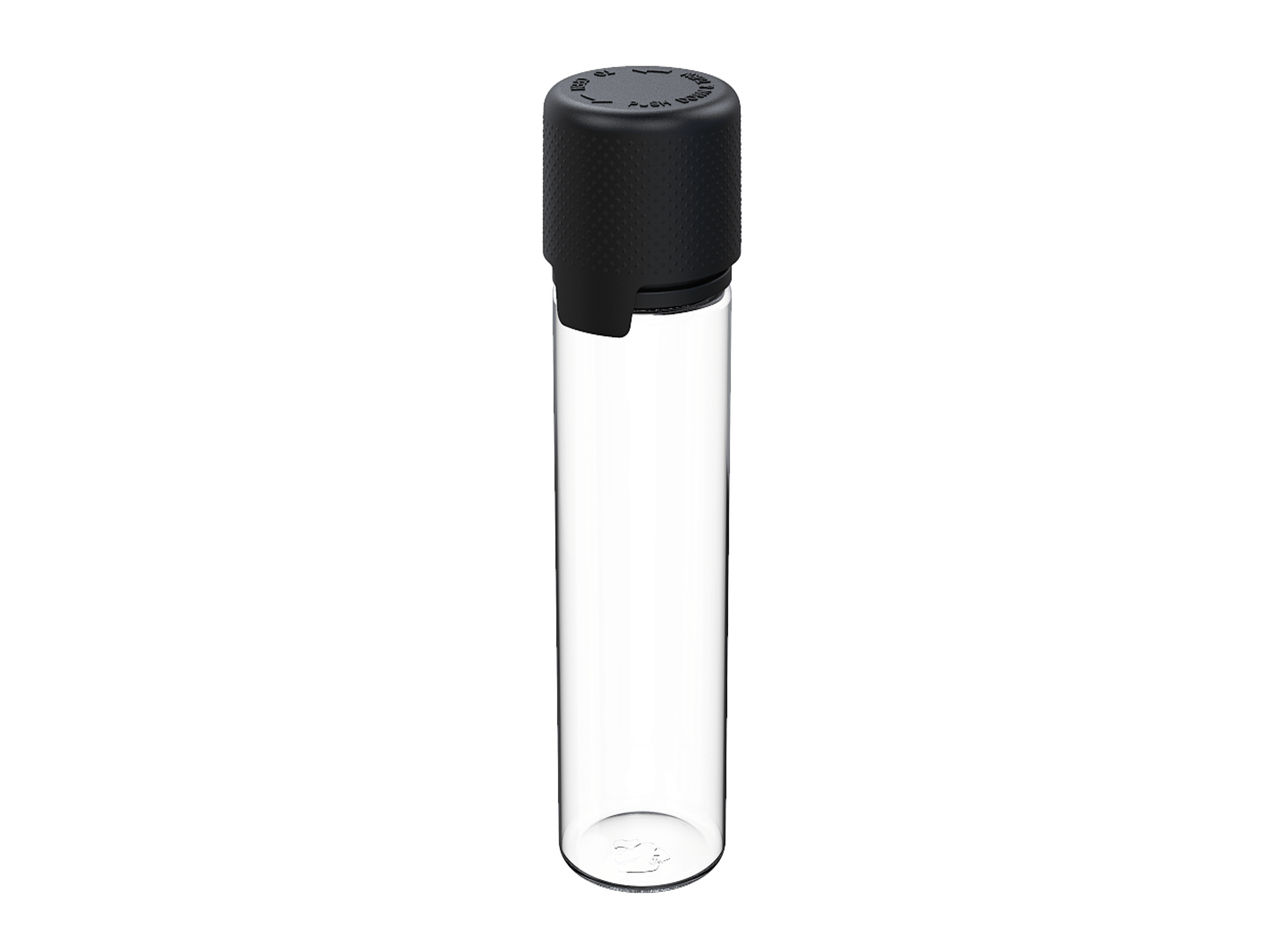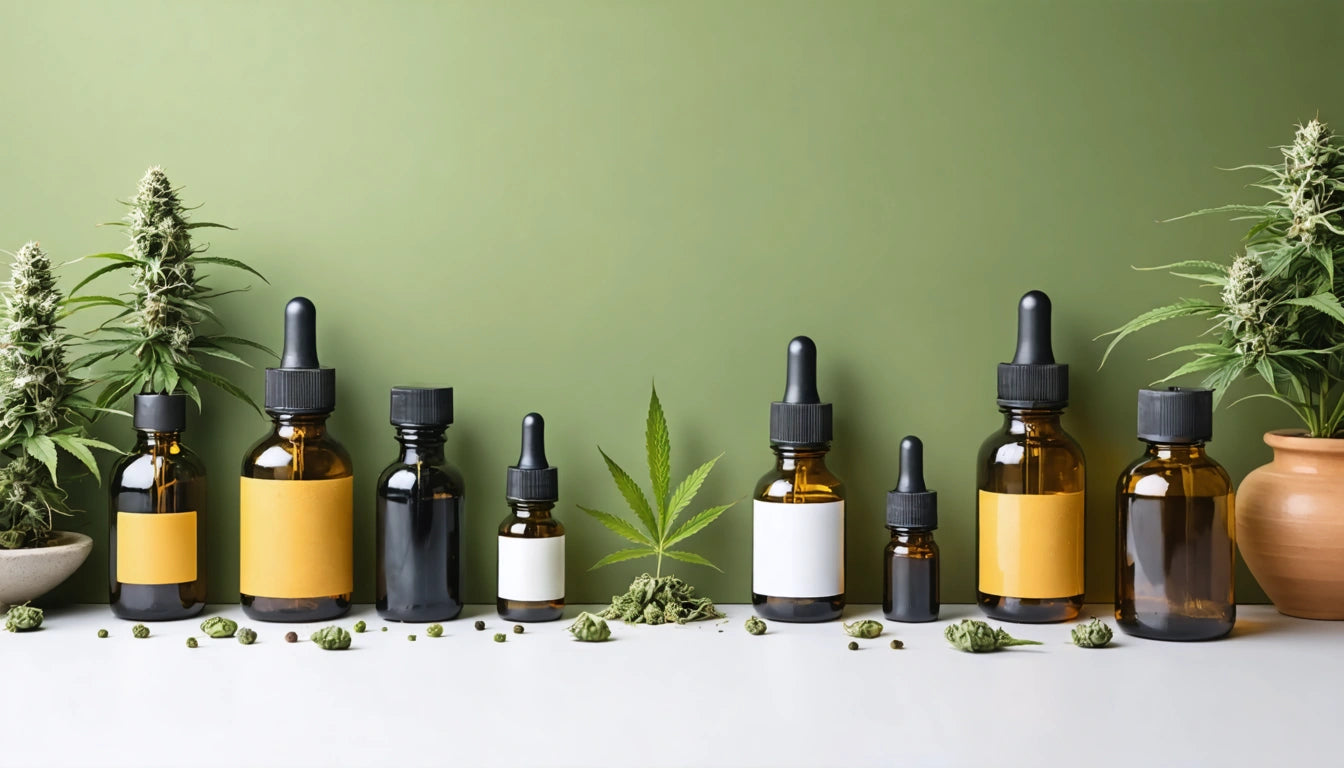- Understanding Autoflower Seeds: Basics for Beginners
- Best Germination Methods for Autoflowering Seeds
- Ideal Growing Conditions for Autoflowers in Indoor Pots
- Feeding and Watering Autoflowering Plants
- Common Issues When Growing Autoflowers
- Harvesting and Seed Production in Autoflowers
- Advanced Techniques for Maximizing Autoflower Yields
A Comprehensive Guide to Growing and Germinating Autoflower Seeds Indoors
Growing autoflowering cannabis offers distinct advantages for both novice and experienced cultivators. These special plants transition to flowering based on age rather than light cycles, making them ideal for indoor cultivation in pots. This guide covers everything you need to know about how to grow autoflower seeds inside in pots, from germination to harvest.
Understanding Autoflower Seeds: Basics for Beginners
Autoflowering cannabis differs significantly from photoperiod varieties. As explained in this comprehensive guide, autoflowers contain ruderalis genetics, which enable them to flower automatically regardless of light schedule.
For beginners looking to start with autoflower seeds, key benefits include:
- Shorter growth cycles (typically 8-10 weeks from seed to harvest)
- Compact size, perfect for limited indoor spaces
- Resilience and adaptability to various conditions
- Simpler light requirements (can maintain 18/6 or 20/4 light schedules throughout)
When selecting autoflower seeds for beginners, look for strains noted for their forgiving nature and stability. Popular starter varieties include Northern Lights Auto, Blue Dream Auto, and Quick One.
Best Germination Methods for Autoflowering Seeds
The germination phase is critical for autoflowers since their limited lifespan means recovery time from early stress is minimal. The best way to germinate autoflower seeds involves several reliable methods:
Paper Towel Method
This approach remains popular for its simplicity and effectiveness:
- Place seeds between damp paper towels on a plate
- Cover with another plate to create a dark, humid environment
- Maintain temperature between 70-85 °F (21-29 °C)
- Check daily until taproots emerge (typically 1-5 days)
Direct Planting in Final Container
Many experienced growers consider direct planting the best way to germinate autoflowering seeds because it eliminates transplant shock:
- Fill your container with pre-moistened, light seedling mix
- Create a small hole about 0.25-0.5 inches deep
- Place seed and cover lightly with soil
- Maintain humidity with a dome or plastic wrap until sprouted
Ideal Growing Conditions for Autoflowers in Indoor Pots
Learning how to grow auto seeds successfully requires creating optimal environmental conditions:
Container Selection
When growing autoflower seeds inside in pots, size matters:
- 3-5 gallon fabric pots offer ideal root development
- Ensure proper drainage to prevent root issues
- Consider airpots for enhanced oxygenation
After harvest, proper storage of your cannabis becomes essential. Many growers use specialized storage bags designed for cannabis to maintain freshness and potency of their carefully grown buds.
Growing Medium
Light, airy soil mixes work best for autoflowers:
- 70% high-quality potting soil
- 30% perlite for improved drainage and aeration
- Consider adding 5-10% coco coir for water retention
Light Requirements
Autoflowers thrive under:
- 18-20 hours of light throughout their lifecycle
- Full-spectrum LED lights positioned 18-24 inches above canopy
- 600-1000 μmol/m ²/s PPFD for optimal growth
Feeding and Watering Autoflowering Plants
Autoflowers require a gentler approach to nutrients compared to photoperiod plants:
Nutrient Schedule
Follow these guidelines when learning how to grow autoflowering seeds:
- Weeks 1-2: No additional nutrients (seedling stage)
- Weeks 3-4: 1/4 to 1/2 strength vegetative nutrients
- Weeks 5-6: Full vegetative nutrients
- Weeks 7+: Transition to flowering nutrients at 3/4 strength
Watering Practices
Proper watering is crucial:
- Allow top inch of soil to dry between waterings
- Water in a circle around the plant, not directly at the stem
- Maintain pH between 6.0-6.5 for soil grows
- Consider bottom watering to encourage deeper root growth
For a deeper understanding of nutrient management, this resource on maximizing yields provides valuable insights.
Common Issues When Growing Autoflowers
Even experienced growers face challenges. Here are common problems and solutions:
Stunted Growth
Causes and solutions include:
- Overwatering: Allow soil to dry between waterings
- Nutrient burn: Reduce feeding strength by 25-50%
- Root bound: Start in final container to prevent transplant stress
Light Stress
Signs and remedies:
- Leaf curling: Increase distance between lights and canopy
- Bleaching: Reduce light intensity or increase height
- Foxtailing: Ensure proper temperature control and light distance
Harvesting and Seed Production in Autoflowers
When and How to Harvest
Timing is everything when harvesting autoflowers:
- Watch trichome development using a jeweler's loupe
- Cloudy trichomes indicate peak THC production
- Amber trichomes signal more sedative effects
- Most autoflowers are ready 10-12 weeks from germination
Do Autoflowers Produce Seeds?
A common question is "do autoflowers produce seeds?" The answer is yes, but only under specific conditions:
- Autoflowers will not naturally produce seeds unless pollinated
- Female plants remain seedless in the absence of male pollen
- If you find seeds in your autoflower, it likely experienced stress-induced hermaphroditism or accidental pollination
If you're wondering "why did my autoflower produce seeds," common causes include:
- Light leaks during dark periods
- Temperature extremes (above 85 °F or below 65 °F)
- Physical damage to branches
- Genetic instability in some strains
Advanced Techniques for Maximizing Autoflower Potential
Once you've mastered the basics of how to plant autoflower seeds, consider these advanced approaches:
Training Methods
Gentle training techniques can increase yields:
- Low-Stress Training (LST): Bending branches horizontally
- Leaf tucking: Manually positioning fan leaves to expose bud sites
- Avoid high-stress techniques like topping with autoflowers
Environmental Optimization
Fine-tuning your environment can significantly impact results:
- CO2 supplementation during vegetative growth
- Temperature and humidity adjustments based on growth stage
- Air circulation optimization for stronger stems
As detailed in this comprehensive guide, mastering these advanced techniques can help you achieve exceptional results with your autoflowering plants.
By following these guidelines on how to grow auto flower seeds, even beginners can achieve satisfying results. Remember that autoflowers forgive many mistakes but thrive with attentive care and optimal conditions.











Leave a comment
All comments are moderated before being published.
This site is protected by hCaptcha and the hCaptcha Privacy Policy and Terms of Service apply.